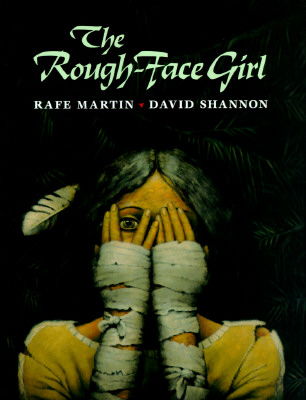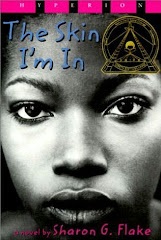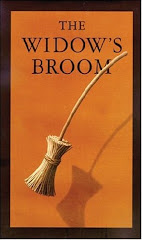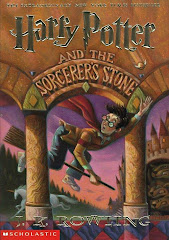A. Jouanah
B. adapted by Jewell Reinhart Coburn and Tzexa Cherta Lee
C. Anne Sibley O'Brien
D. Shen's Books, 1996
E. Picture book, traditional literature
F. k-4
G. Jouanah is the Hmong Cinderella story. It is about a young girl whose father and mother need a cow to do work on their farm in Laos. However, they are unable to get a cow and the mother decides that she will become a cow and do the work. Selfishly, the father does not turn the mother back into a human but instead takes another wife who has a daughter about the same age as Jouanah. The new wife finds out that the cow is Jouanah's mother and this makes her very angry. In order to get rid of the cow, the new wife feigns illness and tells the father to go ask for help from the spirit of a tree. The wife disguises herself as the voice of the spirit and tells the father to kill the cow. The father kills the cow and dies soon after. The New Year festivities soon arrive. Jouanah wants to go but her stepmother makes it impossible. However, she finds a beautiful outfit in her mother's sewing basket (which has a piece of her mother's magic cowhide in it) and she is able to go to the third day of festivities. A handsome young man falls in love with her but she has to run away to get home before her stepmother and stepsister; she leaves a shoe behind. The young man ends up at their door and the shoe fits Jouanah's foot, and so they get married and move away from the stepmother. And they live happily ever after.
H. This is a beautiful version of Cinderella. All the elements of Cinderella are there but the story takes place in a world that is so very far removed from the typical Disney Cinderella that most people think of that it should almost have a category all of its own. The setting and plot elements provide a different look at what it truly means to be a Cinderella. Jouanah's mother sacrifices her own humanness to become a cow to make sure that the family is provided for. The magic that Jouanah's mother provides to ensure that Jouanah has happiness in her life is moving. I was actually quite sad when the cow died.
One thing I thought was especially interesting what how the culture was represented. While there were a lot of Hmong cultural markers in the story, I feel like the gist of the culture was somehow missed. A great deal of the Hmong culture is based on tradition and customs and propriety. When Jouanah and Shee-Nang leave her house to go to his house, that is completely taboo in Hmong culture! None of the wedding traditions were even hinted on in this book, and those traditions are actually quite interesting.
As far as Cinderella stories and children's literature go, I think this is an excellent story. However, I feel like the Hmong culture is not represented well at all in this story. I wish that the 'author' could have done a little more research into the culture so that at least the taboos weren't being shown in here as if they were everyday occurrences. I know that this is a fictional book, but I think that students will take a lot of what goes on in the book to be truth about the Hmong culture. Misrepresenting cultures only breeds problems. Not only that, but the Hmong culture is fascinating and anyone who takes any time to investigate it will be impressed and amazed at the customs and traditions of the Hmong.
I. Jouanah is another great Cinderella story to add to the collection. In addition to reading this story as a part of the Cinderella unit, it is great as an introduction to the Hmong culture. While I don't completely agree with the representation of the Hmong, it is important to get that culture group out into the mainstream because there are a lot of people who don't know about it even though there is a huge population of them living right here in our state. This book would be especially beneficial to students living in or around the Hickory area who probably see a lot of Hmong people but just think that they're Chinese or Japanese. After reading this book, it would be great to have Hmong students (if it's possible) to talk about versions of this tale that they may have heard growing up. I would have students do a venn diagram of this story versus another Hmong Cinderella story or a different cultural Cinderella if there are no Hmong students in the class. This would also be a great opportunity for students to experience Hmong music and food.
*Multicultural*
Subscribe to:
Post Comments (Atom)










2 comments:
This is fascinating Jenny! Did you discuss this with your roommate? I certainly appreciate the depth of your response and how thoroughly you analyzed this story. Excellent point about "taboo" practices...
Valuable resource of Hmong news summaries...
Post a Comment